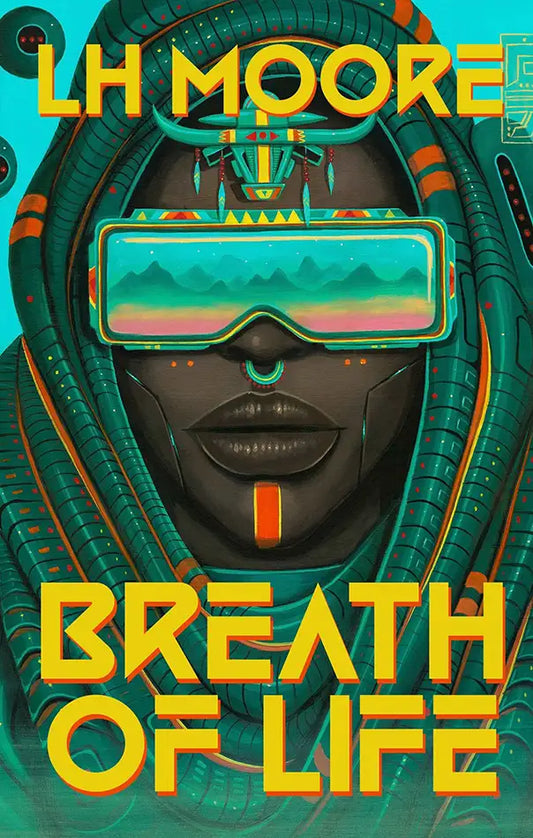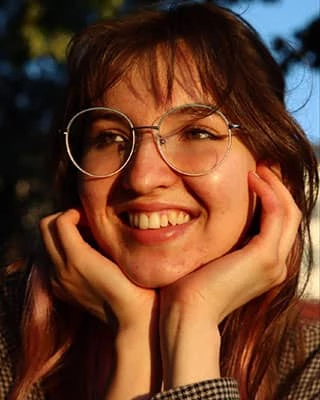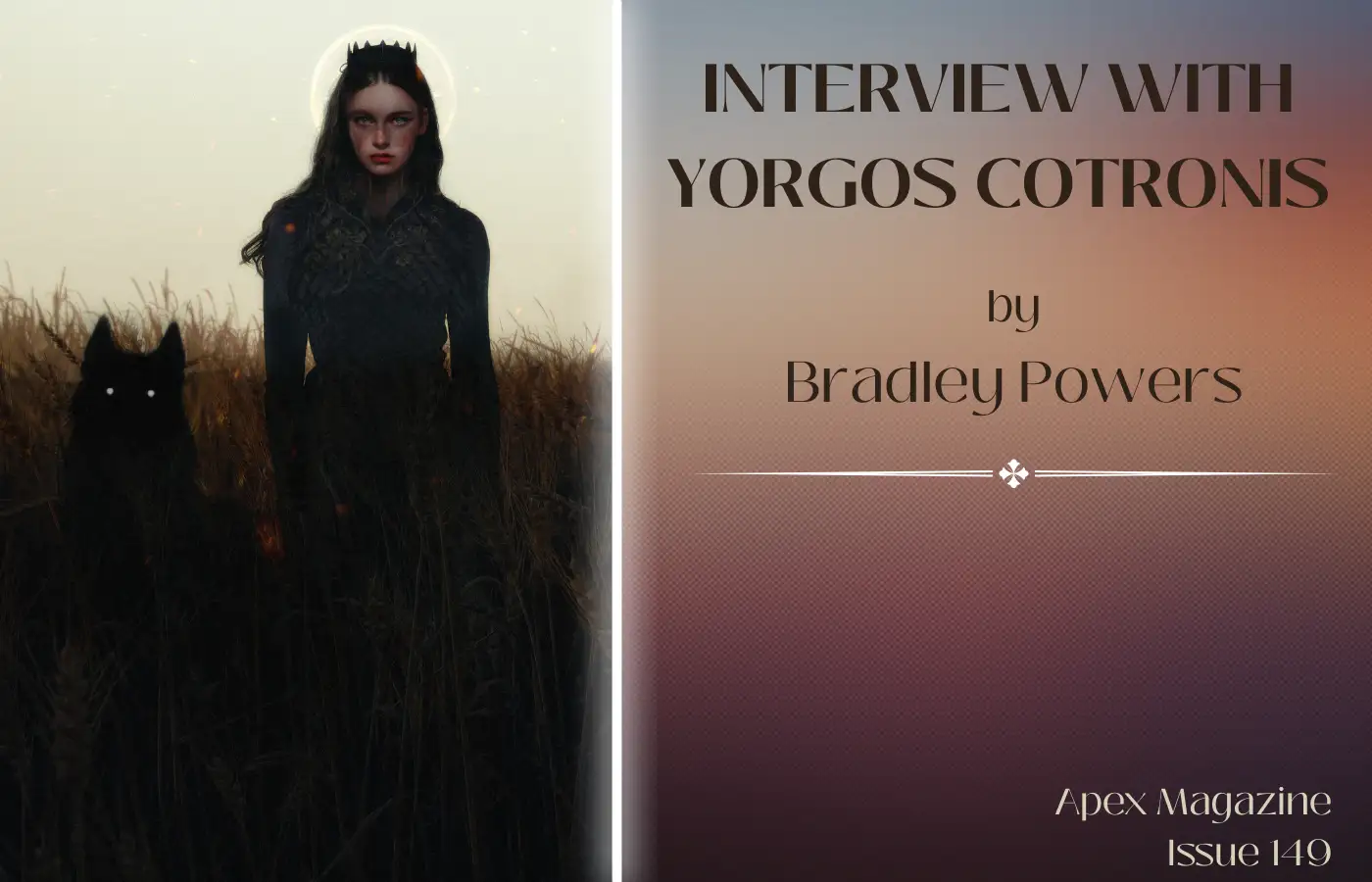
Yorgos Cotronis, an Athens-based artist, brings digital collage, lost mythology, and a fantasy flair to the cover of this month’s Apex Magazine. With inspiration from Ancient Greek texts and the clever utilization of works of art in the public domain, Cotronis layers textures, powerful characters, and an underlying story to create portraits that one can dive into and stay for a while.
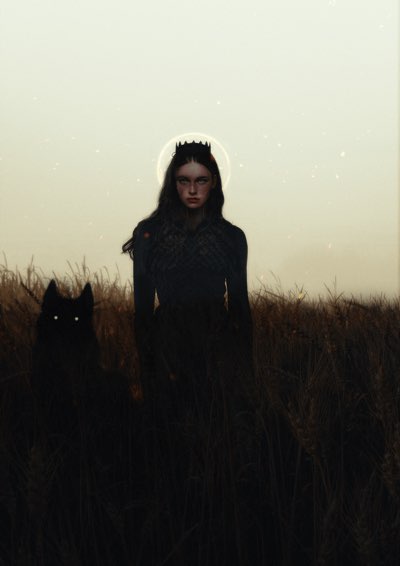
Bradley Powers: The figures in your work are so beautifully realistic. The textures and rich shadows you use on the skin bring out a sense of humanity that is difficult to reproduce. Is your work solely digital or do you achieve these textures with a combination of digital and traditional media? Describe the process involved in creating one of your portrait pieces.
Yorgos Cotronis: My work is digital in the sense that any collaging or texturing I do is from digital sources. However, the sources themselves are often traditional media, mostly pre-1900 public domain art and illustration. I've been doing some form of collage for most of my career and I still use it as a way to brainstorm ideas or a quick "fix" for a painting that isn't working out. While you can use anything for texturing—stock photography, a phone snapshot, or other digital assets—I prefer sifting through my folders of curated material for something that looks interesting.
My process usually begins with a reference photo of a model. I cut out the background to separate the figure from its original context, then start painting over it. Once I have a sense of the composition, I'll start going through both my inspiration folders of contemporary art and photography as well as my public domain images. These help me develop ideas for poses, backgrounds, or themes. It's probably a weird way to work, but I enjoy it. It lets me get into a certain flow where I rarely get stuck on what to do next. Probably the hardest part is to know when to stop adding things.
BP: Living in Athens sounds like a dream for an artist. Have you always lived in Athens, and if so, how has it impacted your outlook on art overall?
YC: The realities of living in Greece in 2025 are … challenging. But like any major city, Athens has its positives, especially if you're passionate about art. The alternative—living in rural Greece, like the town I grew up in—isn’t really viable, particularly if you’re trying to make a living as an artist at the local level (through events, galleries, markets, etc.). I actually only moved to Athens in 2019. Before that I lived in Sweden where I had emigrated for college right after high school. But most of my career as an artist plays out online, as a place to find both work and community, so where I lived wasn't that important. Living in Athens has been a positive change—a lot more opportunities to interact with people in real life for once. There's a couple of comics conventions each year that are fun to visit and the local scene is thriving creatively, even though the economy is in shambles.
BP: Many of the figures in your works hold a sense of power, strength, and pride. Knowing you live in Athens, I immediately connected this to the powerful cult statues of Athena. How does Greek culture and mythology impact your work?
YC: This answer will bleed significantly into the next, but absolutely—Greek mythology, especially its lesser-known tidbits and folklore, is a major inspiration for me. We studied Greek texts in school, and even then, I was fascinated by figures like Iphigenia (daughter of Agamemnon, sacrificed by her father to appease Artemis so the fleet could sail to Troy) and Antigone (who defies Creon’s orders to leave her brother unburied, claiming divine law surpasses mortal law). I set out to write similarly tragic characters but in a more forgiving fantasy genre, as far as their fate is concerned.
BP: Why are the majority of the subjects of your paintings women or feminine figures?
YC: Although it's a subject matter that I always gravitate towards, during 2021-2024 I was working on a personal project, a series of paintings depicting heroines and villains in a vaguely Greek mythological setting of my own creation. I had become fascinated by "Catalogue of Women," attributed to Issiod. While this fragmentary epic poem was more of a genealogy of gods and demigods, I wanted to write and illustrate these fictional biographies of women in positions of power that were part of a lost mythology. After completing each painting, I posted it on social media alongside a fragment of a fictional manuscript that gave a vague idea of the lore behind the character portrayed.
BP: What do you love about the horror and fantasy genres? What about them inspires you to create horror and fantasy art?
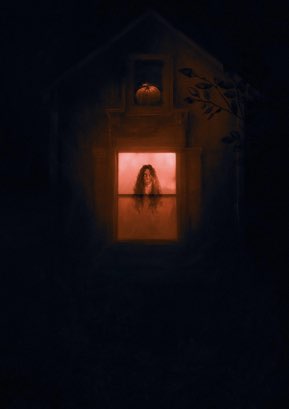
YC: Honestly, the escapism of genre fiction and art is the main thing I've been drawn to since I was a kid. I watched stuff like Nightmare on Elm Street 3 when I was six years old (terrified me for weeks) and while fantasy as a genre came into my life later, it quickly became my favorite genre to explore visually. Artists like Luis Royo and Gerald Brom, along with the cheap paperbacks I picked up secondhand solidified my love for it. I dip my feet into horror here and there but it's not my strong suit. For as long as I can remember I’ve been immersed in genre books, horror movies, and an apartment filled with various bits and pieces of art, be it old paperbacks or art prints by local artists. There's always something that could inspire you for your next project. I try to absorb as much of it as I can.
BP: You have created an abundance of posters and book covers, such as this month’s cover art, “Queen in weeds with wolf.” What artists and graphic designers do you draw inspiration from?
YC: Oh, that's a tough one. It really changes with the times and my interests. One of my first obsessions was Christopher Shy's art for the “World of Darkness” tabletop RPGs like Mage. Later on, artists like Jeff Simpson, João Ruas, and Jenna Barton. Right now, artists like Corey Brickley, Karla Ortiz, Fernanda Suarez, and Sam Wolfe Connelly. I don't really think you'll find them in my creative DNA in a detectable way, except maybe for Chris Shy, but they're just my favorite artists in the world and a big inspiration.
BP: Thank you, Yorgos, for this peek into your unique creative practice! What a magnetic way to bring depth into a work of art. To explore more of Yorgos’s work, check out his website, Instagram page, and find prints at INPRNT.


